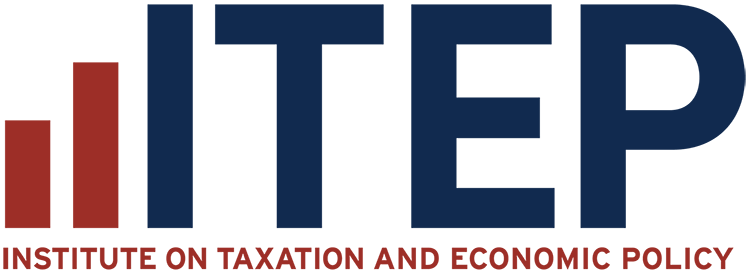
Publication Search Results
Sales Tax Holidays: An Ineffective Alternative to Real Sales Tax Reform
Ryan Tax Plan Reserves Most Tax Cuts for Top 1 percent, Costs $4 Trillion Over 10 Years
State Corporate Tax Disclosure: Why It’s Needed
Few state tax trends are as striking as the rapid decline of state corporate income tax revenues. As recently as 1986, state corporate income taxes equaled 0.5 percent of nationwide Gross State Product (GSP) (a measure of statewide economic activity). But in fiscal year 2013 (the last year for which data are available), state and local corporate income taxes were just 0.33 percent of nationwide GSP–representing a decline of over 30 percent.
How Long Has it Been Since Your State Raised Its Gas Tax?
State Treatment of Itemized Deductions
Distributional Analyses of Revenue Options for Alaska
Alaskans are faced with a stark fiscal reality. Following the discovery of oil in the 1960s and 1970s, state lawmakers repealed their personal income tax and began funding government primarily through oil tax and royalty revenues. For decades, oil revenues filled roughly 90 percent of the state’s general fund.
